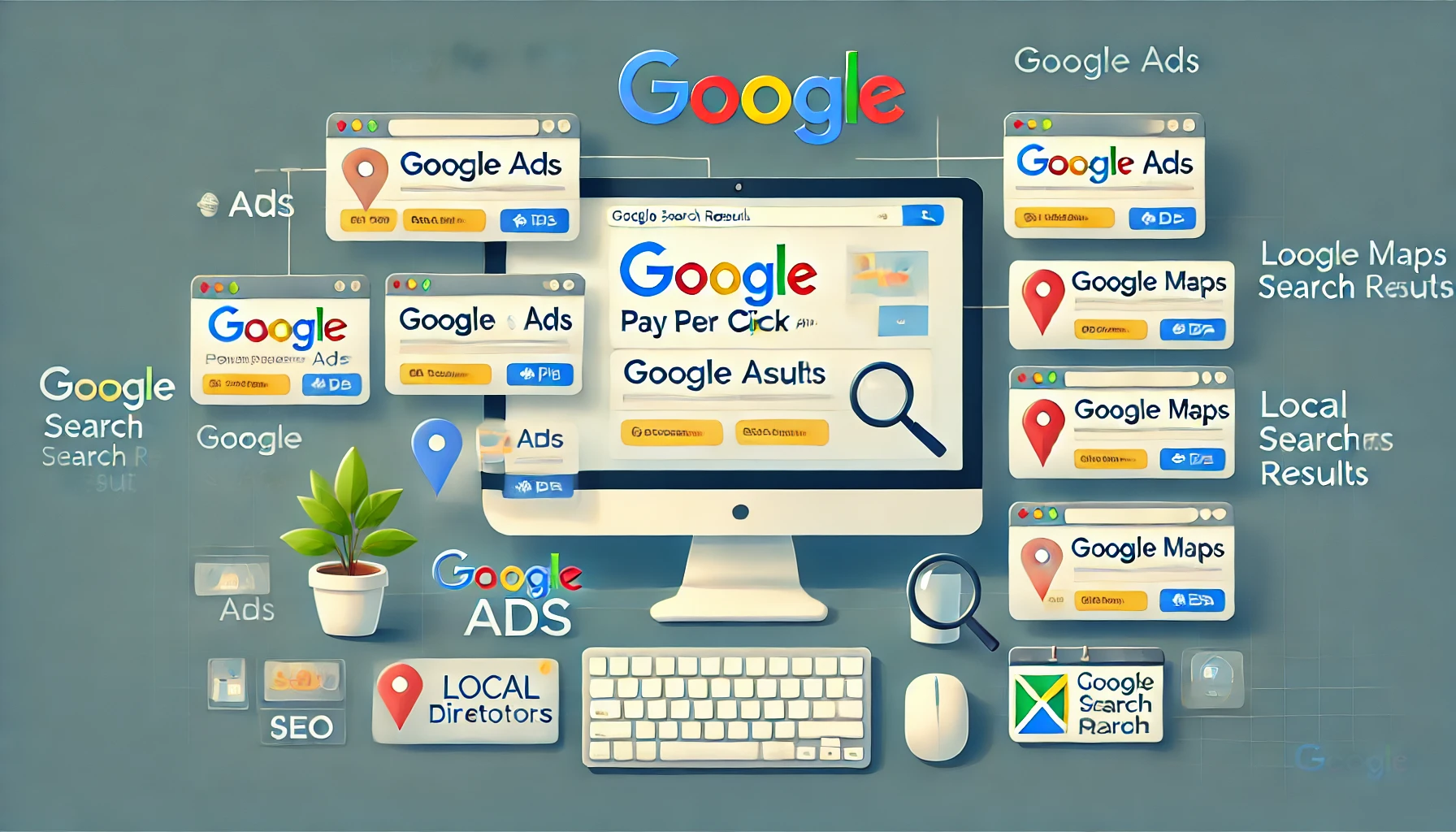How to create a Marketing Strategy for a Small Business
You’ve got a business idea, you’re passionate about it, but you don’t know how to get started. It’s time to hire yourself a marketer—and fast! But what exactly will they do? Well, marketing is like any other job. There are steps that need to be taken in order for your marketing efforts to work effectively. In this article we’ll show you how to create an effective marketing strategy for your small business by outlining some key steps along the way:
Determine your business goals.
Before you can create a marketing strategy, it’s important to define the goals of your business. In order for your efforts to be successful, these goals need to be specific and measurable.
To start, break down your overall mission statement into smaller parts that are more manageable. Your mission statement might look something like this: “We want to increase revenue by 20 percent in 2022.” But if you break that statement down even further—into smaller units of time or activity—you can get more specific about what it means for your business: “We want to increase revenue by 15 percent in the first quarter,” or “We want 100 new clients by December 31st.” These kinds of statements are easier to track and measure because they’re less ambiguous than an overarching goal like “increase revenue.”
Set specific marketing goals that align with your overall business objectives.
Setting specific marketing goals is an important aspect of your overall marketing strategy. Why? Because it helps you stay focused, ensures that you’re not wasting time on things that don’t work and keeps your team motivated when the going gets tough.
Some examples of specific goals might include:
- Increasing brand awareness by 10% over the next 12 months.
- Acquiring 1,000 new customers by January 2023.
- Increasing sales revenue by $1 million by March 2024.
Identify your target audience.
To create a successful marketing strategy, you need to know who your target audience is. Your target audience is the group of people who are most likely to purchase your product or service and most likely to refer others to it. In order to identify your target audience, you’ll need:
- Analytics on when and where people are engaging with your brand.
- A deep understanding of what those customers want and need from their experience with the brand (you can find this information by asking them directly or by observing them)
- A good sense of what information they would like from the business (e.g., “What can we do for you?”) as well as what information might be helpful for them in making decisions about whether or not they should engage with that business again down the road.
There are so many things that go into creating a successful marketing campaign, but having an online presence is more important than ever for small businesses.
In today’s world, business owners need to be online. There are two main reasons why this is true: firstly because they can’t compete with big businesses and secondly because it allows them to reach their customers directly without having to rely on middlemen like advertising agencies or PR companies who will charge them an arm and a leg for their services.
Analyse your competition.
It’s important to know what your competitors are doing and not doing, and how they are different from you. Some questions to ask yourself:
- What are they offering?
- How much do they charge for these products/services?
- Who is their target audience, and how do they reach them (e.g., social media, SEO)?
- What other businesses do they compete with in their industry?
Optimize your website.
Optimizing your website is an important part of any marketing strategy, because it improves your ranking in search engines and provides more information about who visits. There are many ways to optimize a website, including using SEO (search engine optimization), analytics and social media.
SEO helps you improve how well your site ranks in search engines like Google or Bing. Analytics shows you how people are using your site, what they’re looking for and why they leave without buying anything from you. Social media lets potential customers know about new products or services on Facebook, Twitter and Instagram that might interest them if the content is relevant to their interests. A responsive design means that no matter what device someone uses to access your site—from desktop computer or laptop tablet phone—the layout will adjust accordingly so visitors can easily find what they want whether they’re looking through large images on smartphones or reading lengthy descriptions on desktops/laptops.”





